Walking through Salerno in winter really feels like stepping into two different worlds at once.
From November to January, the city lights up with the Luci d’Artista festival. Artistic light displays cover the streets, giving the place a magical vibe I haven’t found anywhere else in Italy.
The Christmas lights in Salerno have become a national sensation, drawing in visitors who come just for this glowing spectacle.
But here’s the thing: underneath all that festive sparkle, Salerno hides a deep historical legacy as the birthplace of Western medicine.
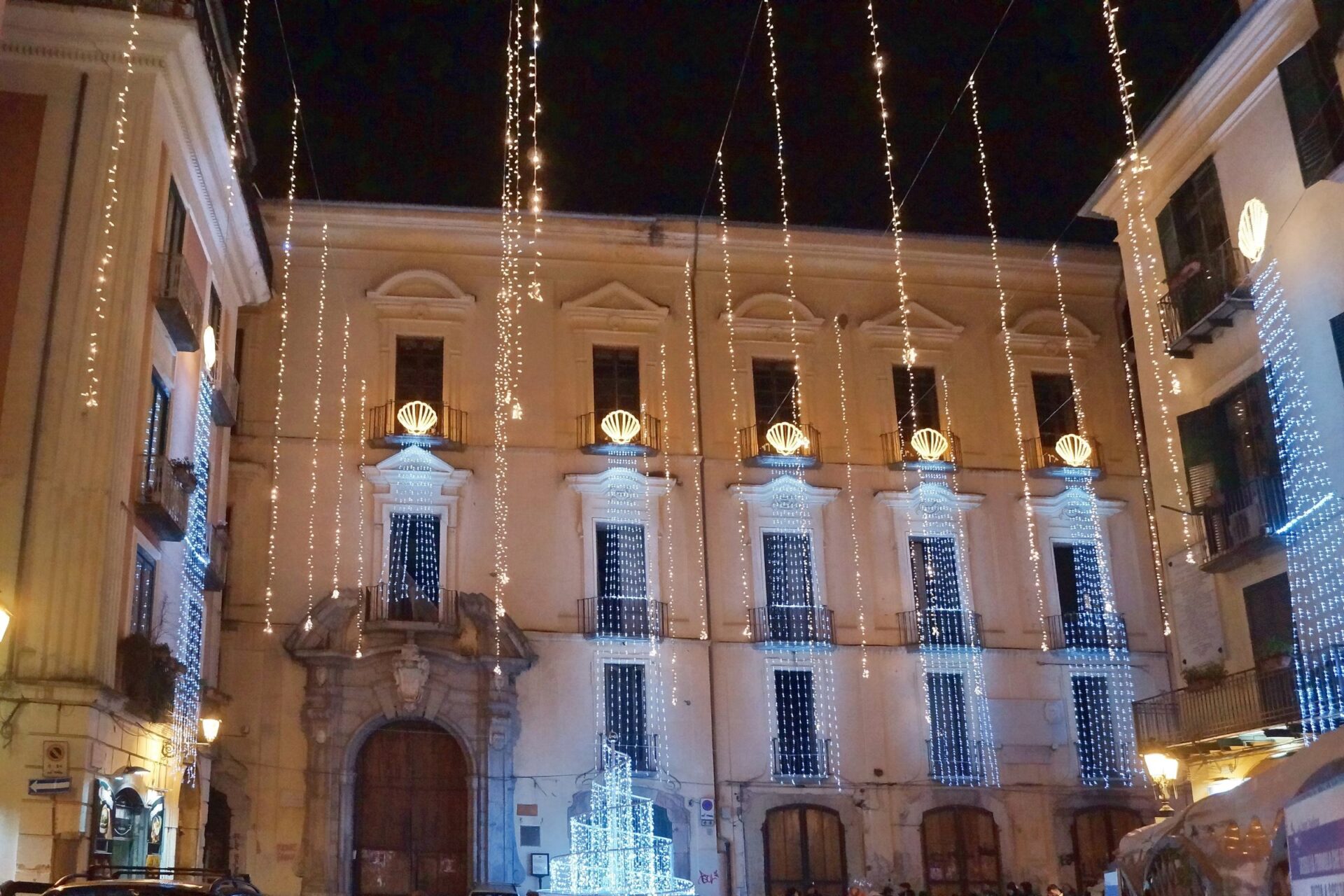
The Schola Medica Salernitana was the first medical school in history. For centuries, it stood as Europe’s most important medical center, right up until it closed in 1799.
As I wandered the city, I couldn’t help but notice how Salerno’s lively celebration of light and its medieval medical past blend together. It’s a place with layers.
When I first came to Salerno, I only planned a quick stop for the Christmas lights. But pretty quickly, I decided to stick around and dig into the city’s medical history.
There’s something oddly satisfying about a place where you can enjoy both a dazzling festival and a deep sense of history.
The Cathedral of Salerno (Duomo) really stands as proof of this double heritage. It’s a stunning building that’s seen centuries of spiritual and scientific milestones.
Salerno’s Illuminated Heritage: The Tale of Christmas Lights
Every winter, Salerno turns into a wonderland thanks to its famous light displays.
The city manages to blend old-school holiday spirit with creative, modern art that pulls in crowds from all over.
Origins of the Festive Tradition
“Luci d’Artista”—the Christmas light tradition—started as a way to boost winter tourism and celebrate the season.
I first saw these displays back in 2010, not long after they really took off citywide.
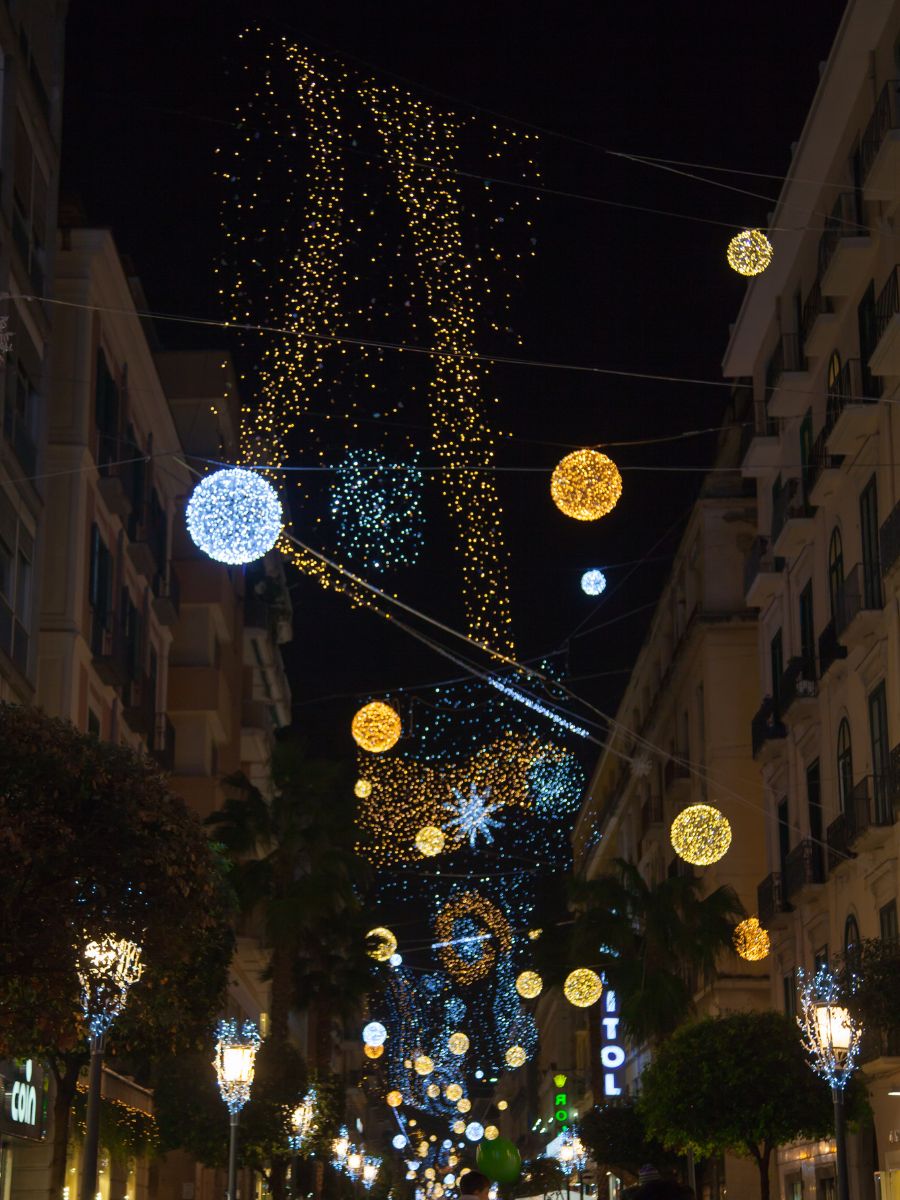
What really gets me is how this tradition ties back to Salerno’s historic connection with light. In medieval times, the city’s medical school became a beacon of knowledge. That metaphorical light has turned into something literal now.
At first, the displays were small. Then local artists and international designers got involved, and things just exploded.
Now, every year from November to January, the lights fill the city with warmth and hope during the coldest months.
The Significance of Light in Salerno’s Winter Celebrations
Light means more than just decoration during Salerno’s winter. These illuminations reflect the city’s community spirit and energy.
Whenever I roll into Salerno by train in December, the lights always hit me. They tie together the city’s past and present.
Traditional symbols sit right next to modern designs, building a bridge between generations.
For locals, the lights are more than festive—they help the economy during what used to be a slow tourism season. The festival turned winter into a busy time for the city.
The illuminations also connect to Salerno’s religious side, with special displays for Saint Matthew, the city’s patron.
Contemporary Christmas Installations and Artistic Expressions
Luci d’Artista gets more creative every year. Walking around during the festival, I’ve seen glowing sea creatures, fantasy gardens, and more.
The main streets become tunnels and canopies of light, making the whole city feel immersive.
Some installations I love:
- The Garden of Enchantment in Villa Comunale
- The Light Tunnel on Corso Vittorio Emanuele
- Sea-themed displays along the waterfront
These displays fire up visitors’ imaginations and make for great photos. I always suggest going after dark when the effect is strongest.
The city keeps investing in new displays, so there’s always something new to see. That’s probably why Salerno stays at the top of Italy’s winter festival scene.

Roots of Science and Healing: Medieval Medicine in Salerno
Salerno has played a huge role in medical history. Here, ancient healing traditions mixed with the beginnings of scientific medicine.
This coastal city became the epicenter of medical knowledge in medieval Europe. That legacy still echoes in healthcare today.
The Salerno School of Medicine’s Legacy
The Schola Medica Salernitana thrived from the 10th to 13th centuries as Europe’s first medical school.
It’s wild to think how the school welcomed students regardless of religion or background. Both men and women studied there, which was unheard of back then.
The school blended Greek, Latin, Arabic, and Jewish medical ideas into one big approach to healing.
Their famous book, “Regimen Sanitatis Salernitanum,” gave practical health advice in language people could actually understand.
Salerno’s doctors became so well-known that royalty from all over Europe wanted their help. Their reputation set a standard for medical education that lasted for centuries.
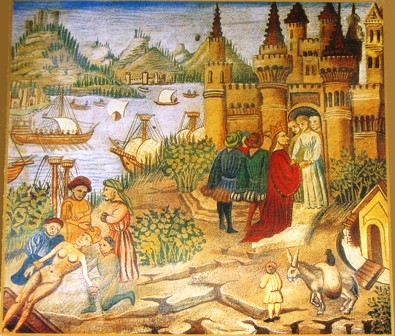
Revolutionary Approaches to Obstetrics and Human Anatomy
Women really shaped Salerno’s medical progress, especially in obstetrics. Trotula of Salerno, a female physician, wrote influential texts on women’s health that stuck around for 700 years.
The school took a fresh approach to anatomy, too. Instead of just reading old texts, students actually examined bones and tissue to figure out how the body worked.
Their studies challenged ancient beliefs with hands-on evidence. By the 12th century, Salerno’s doctors even performed limited dissections—something most places avoided or banned.
Medieval Wisdom and the Pursuit of Understanding
Salerno’s doctors focused on practical skills but didn’t ignore philosophy. They thought good health meant harmony between body, mind, and environment—a pretty modern idea, honestly.
Their pharmacy work combined herbal knowledge with a scientific mindset. They cataloged plant properties and set standards for making medicines, creating one of the first real pharmacopeias.
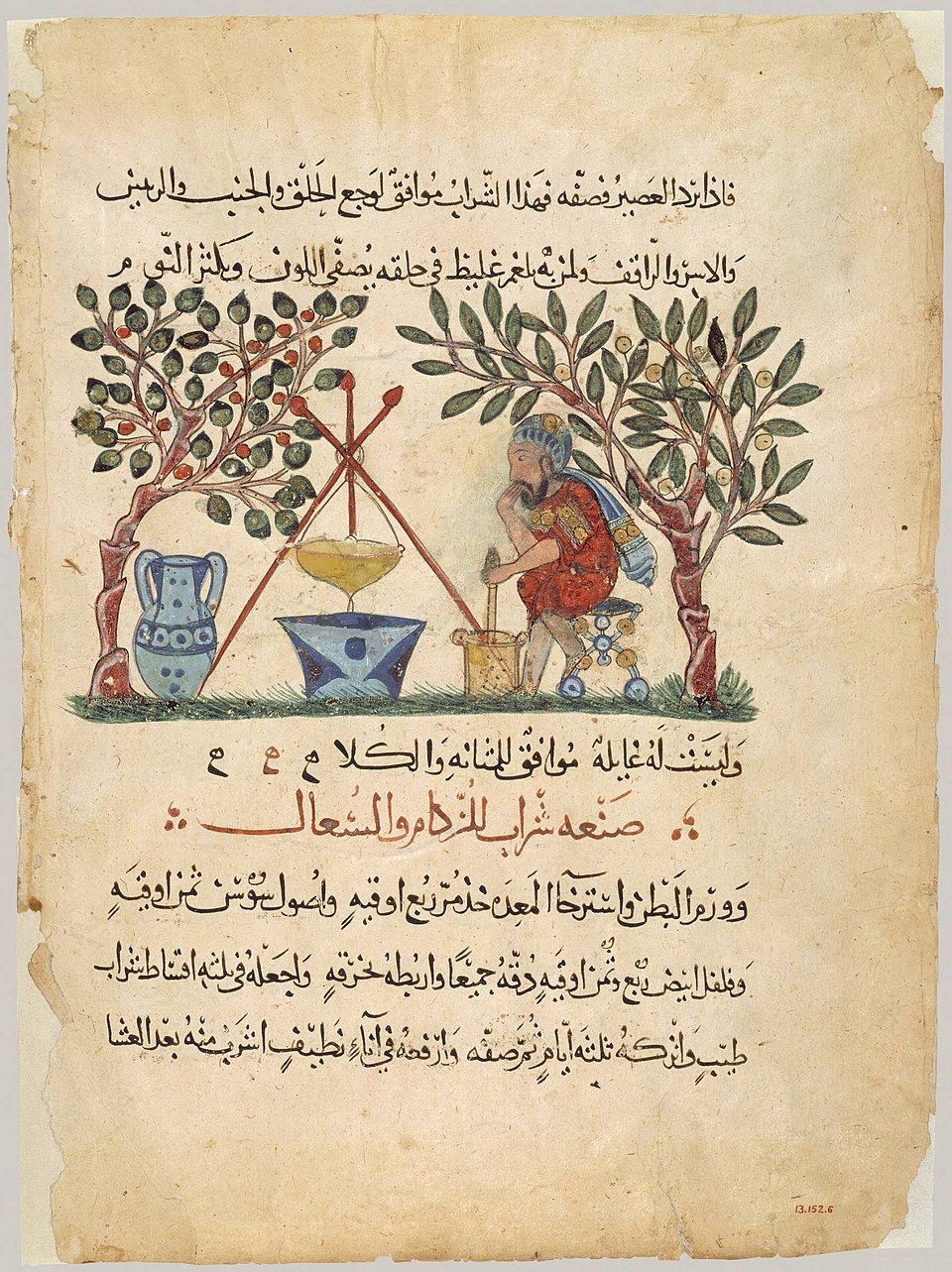
Salerno’s rational approach marked a shift away from faith-only healing. While they respected spirituality, their doctors searched for natural causes of disease. That drive to observe and test laid the groundwork for modern medicine.
Interweaving Legends: Where Christmas Lights Meet Medieval Healing
Salerno weaves its sparkling Christmas lights and its history of medieval medicine into a cultural tapestry you can still feel today.
Symbolism of Light in Medieval Healing Practices
When I walk through Salerno during Christmas, I can’t help but notice how the light displays echo the city’s old healing traditions.
The Medical School of Salerno taught that light was essential for health. Doctors believed fire and light could restore balance in the body.
Back in medieval Salerno, healers designed spaces to let in as much sunlight as possible. They dried herbs in the sun to boost their effectiveness.
The school taught that sunlight could lift your mood and help your body heal.
I’ve seen modern Christmas installations that use images of healing herbs and plants in their designs. It’s a lovely tribute to the past and the wisdom that once filled these streets.
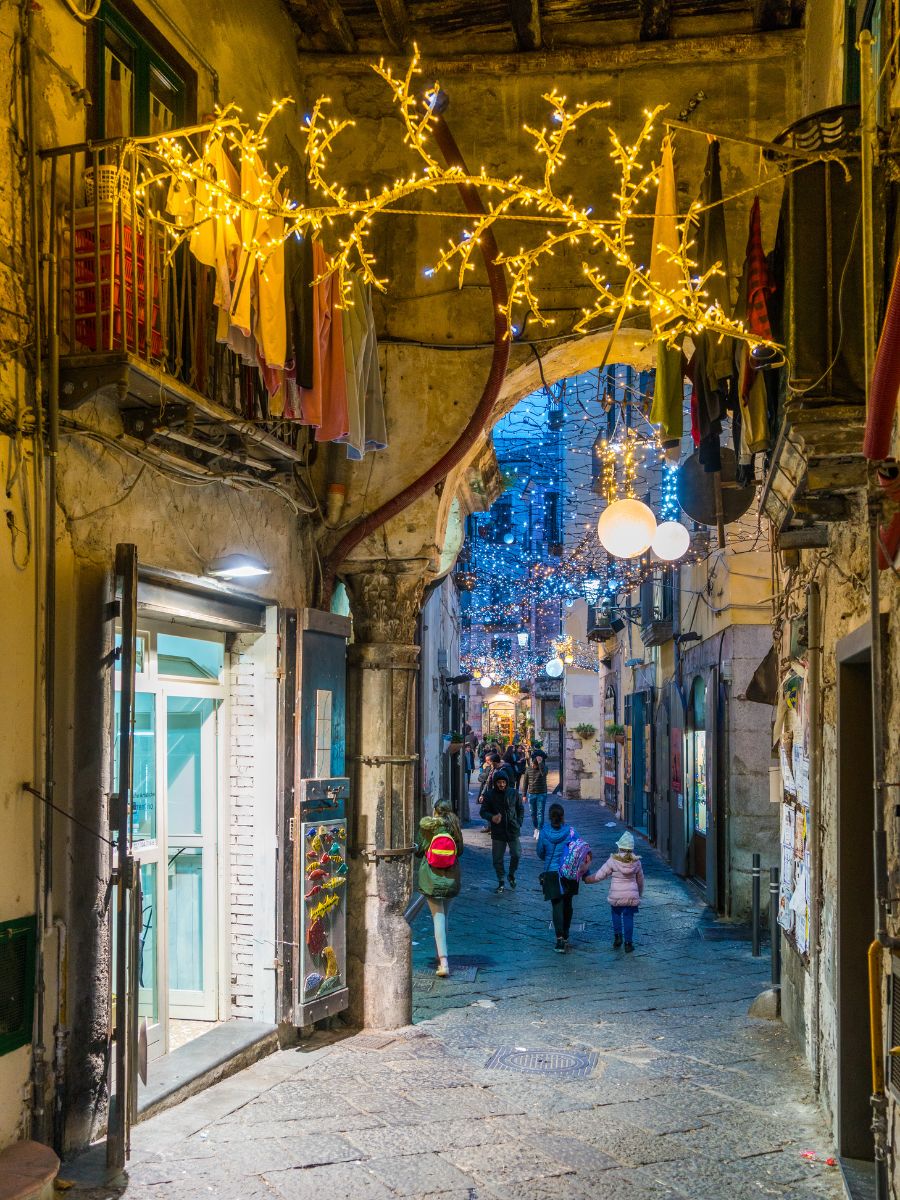
Stories of Poetry, Humor, and Community Resilience
The Medical School of Salerno wasn’t all serious business. They used poetry and humor as healing tools, too.
That tradition still pops up during Salerno’s Christmas celebrations.
During the light festival, local storytellers share old medical poetry that once helped students remember treatments. These rhymes, often delivered with a wink, made learning medicine a bit lighter.
The community works hard to keep these traditions alive. I’ve joined locals under the lights, sharing stories and laughs—a kind of communal healing that goes back centuries.
The patience and artistry that go into the light displays remind me of the careful work of medieval healers. The lights do more than decorate—they support people emotionally during the darkest part of the year, just like Salerno’s doctors once cared for both body and spirit.
Experiencing Salerno Today: Travel Tips and Cultural Insights
Visiting Salerno means diving into a city where ancient medical history and magical Christmas displays mix together. The city offers memorable experiences all year, but winter has a special sparkle.
Unmissable Landmarks and Events

When I came to Salerno last December, the Luci d’Artista festival turned the whole city into a glowing playground. The show usually runs from November to January and attracts people from all over.
Don’t skip the Cathedral of San Matteo, home to St. Matthew’s remains. I spent a peaceful morning exploring its Norman-Arab-Byzantine architecture and the crypt.
If you love history, the Virtual Museum of the Salerno Medical School gives you a hands-on look at medieval medicine. I was honestly surprised by how advanced their knowledge was!
The seafront promenade (Lungomare Trieste) offers gorgeous views of the Tyrrhenian Sea. I enjoyed walking there at sunset, watching the boats and the pastel-colored buildings.
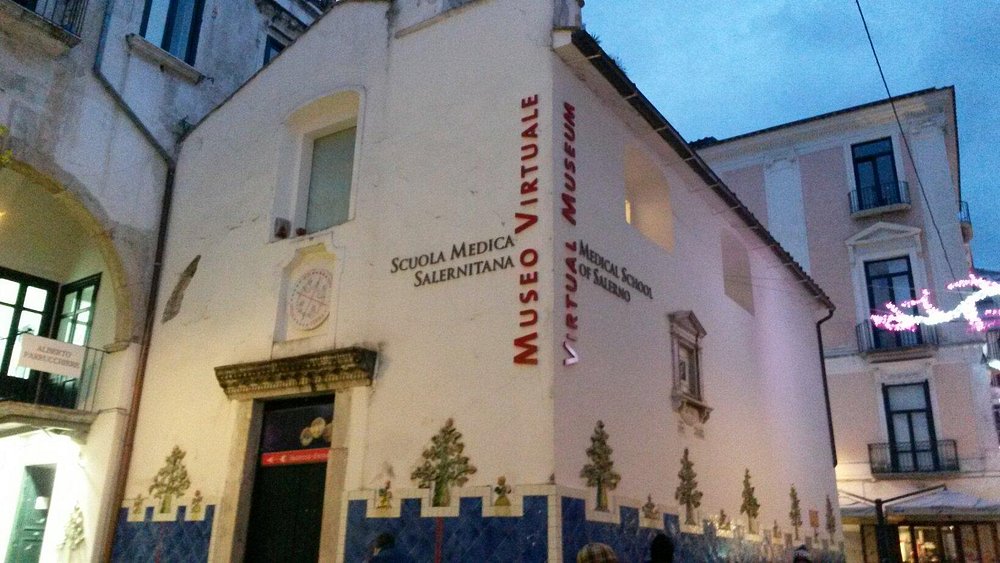
Image Source: Tripadvisor
Navigating Salerno by Train
Salerno is super easy to reach by train, whether you’re coming for a day trip or staying longer.
The main station links directly to Naples (about 45 minutes), Rome (2 hours), and the Amalfi Coast.
If you’re on a budget, buy tickets ahead of time on Trenitalia’s website—I saved about 40% that way.
Most attractions are walkable from the station, but city buses come in handy if the weather’s bad. I found the C.S.T.P. bus great for getting up to Arechi Castle.
For day trips, trains to Pompeii run often and only take 30 minutes. I grabbed a combo ticket that covered both the train and the archaeological site, which was a good deal.
Interpreting Salerno’s Dual Heritage in Modern Context
Salerno’s blend of Christmas lights and medieval medicine makes for a rich, educational experience. The city offers both eye candy and brain food.
Inspiring Imagination Across Generations
Walking through Salerno during the holidays, I notice how the twinkling lights reflect the city’s bright medical past.
Kids don’t just light up at the displays—they get curious about the strange medieval medicines that were invented here.
Many festivals mix both traditions. Last year, I watched performers dressed as medieval doctors carrying lanterns through the streets. It felt like a nod to how Salerno’s medical school brought light to the “dark ages.”
The iron-rich mineral waters that once drew healers to Salerno now inspire special light displays. They teach visitors about the earth’s natural remedies in a fun, visual way.
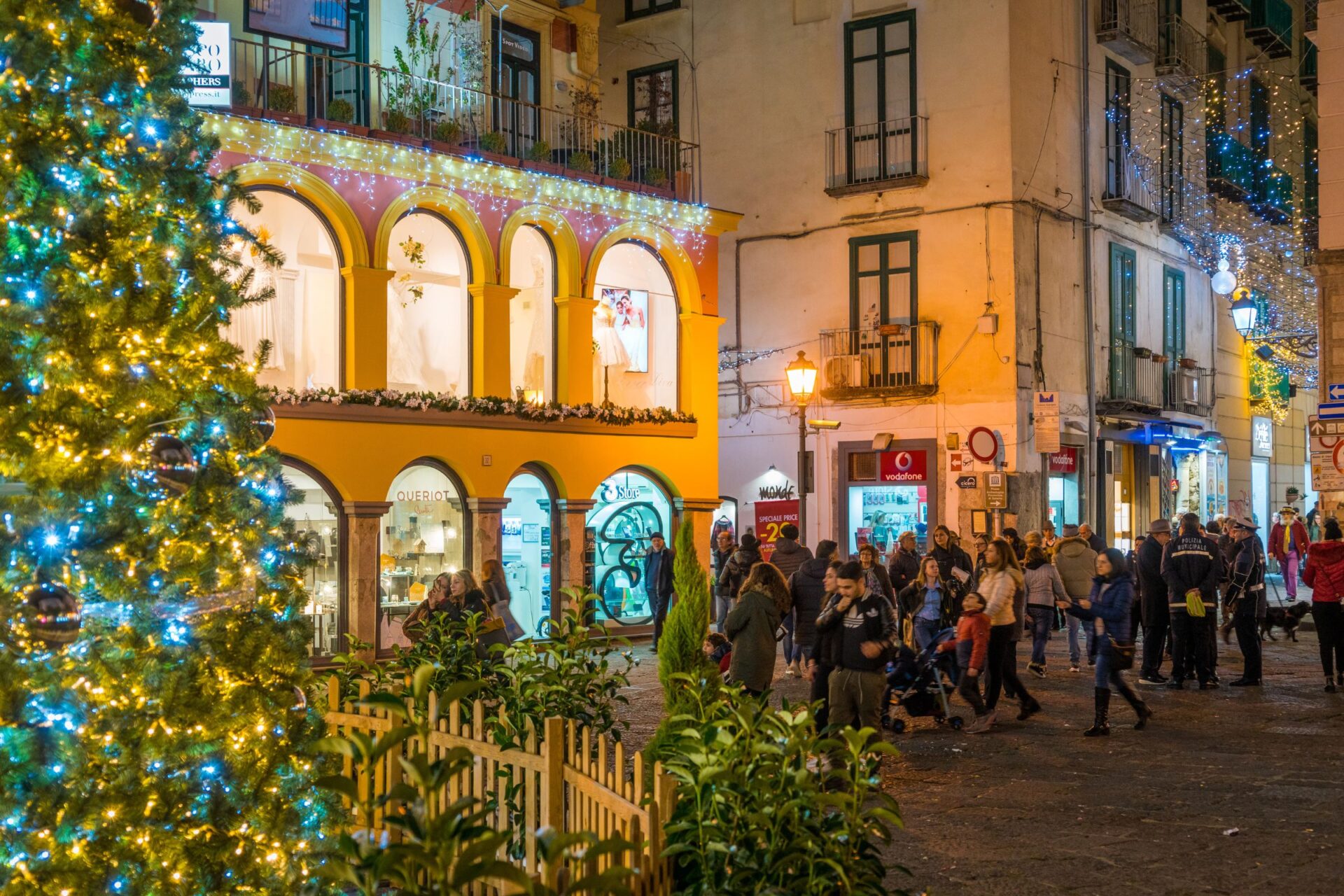
Educational Value: Leveled Readers and Local Stories
Salerno has done a great job developing educational materials for all ages.
When I visited the Museum of Medical History, I found simple readers explaining how medieval doctors used sugar and local plants in their remedies.
A popular children’s book follows Betsy and Miguel on a time-travel adventure to medieval Salerno. They learn about early surgery while celebrating Dia de los Muertos, cleverly mixing cultures.
Local schools run field trips where students spot medicinal herbs once used by Salerno’s doctors. These hands-on experiences bring history to life in a way textbooks just can’t.
Interactive exhibits compare ancient treatments to today’s medicine, making medical history accessible—even for younger kids.

